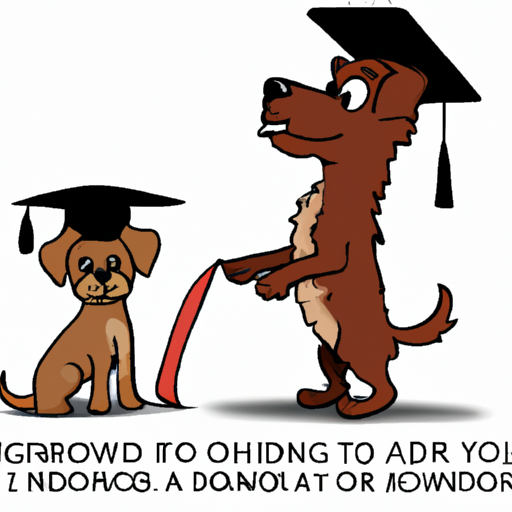Understanding Your Dog’s Growth Stages
As a caregiver, you naturally want the best for your canine companion. Understanding the different stages of your dog’s life will help you provide the right care at the right time. Dogs, just like humans, go through distinct stages of development – puppyhood, adolescence, adulthood, and senior years. But when exactly does a dog become an adult?
Dogs are generally considered adults when they reach their full size, which typically happens between 1 and 2 years old, depending on the breed. Small breeds mature faster than large ones. Use this as a general guide, but remember every dog is unique.
Factors Influencing Your Dog’s Age of Maturity
There are several factors that can influence when your dog reaches adulthood:
-
Breed: Small breeds mature faster than large breeds. A Chihuahua might be considered an adult at just under a year old, while a Great Dane might not reach adulthood until it’s two or more years old.
-
Environment: Dogs that are well cared for and live in a stimulating environment may mature faster.
-
Nutrition: Proper nutrition plays a crucial role in your dog’s development. A balanced diet will ensure your dog grows at a healthy pace.
-
Health: Regular vet check-ups can help ensure your dog is developing correctly and catch any potential issues early.
Recognizing The Signs of Adulthood in Dogs
Just as you watched for signs of growth and development in your dog’s early stages, there are signs of maturity to look for as well. These can include:
- Full set of adult teeth
- Decreased hyperactivity
- Less frequent urination
- More predictable behavior
Caring for Your Adult Dog
Once your dog reaches adulthood, their needs will change. This is when you’ll need to adjust their diet, exercise routines, and even their training to suit their adult needs.
Here’s a quick table to guide you:
| Adult Dog Care | Tips |
|---|---|
| Diet | Transition to adult food |
| Exercise | Maintain regular exercise, adjust based on energy level |
| Training | Reinforce training, add new commands |
| Check-ups | Regular vet visits for preventive care |
The Transition to Senior Years
As your dog ages, there will be a transition into their senior years. This usually happens around the age of 7, but again, smaller breeds may reach this stage earlier while larger breeds may reach it later. Keep an eye out for signs of aging such as decreased activity, weight gain, or changes in behavior.
FAQs
Q: My dog is a mixed breed. How can I tell when they’re an adult?
A: Mixed breeds can take on characteristics from either parent, so it can be more difficult to pinpoint when they’ll reach adulthood. A vet can provide a more accurate estimate based on their size and development.
Q: Does my dog’s behavior change when they become an adult?
A: Yes, adult dogs are usually less hyperactive and more predictable than puppies. But all dogs have unique personalities, so changes can vary.
Q: What should I feed my adult dog?
A: Adult dogs need a balanced diet that’s high in protein and low in fat. Check with your vet for specific recommendations based on your dog’s size, breed, and health.
Q: How often should adult dogs visit the vet?
A: Adult dogs should typically have a check-up once a year. However, if you notice any health or behavior changes, it’s best to make an appointment right away.
Remember, your dog relies on you for their wellbeing. Being aware of their growth stages and needs will ensure they lead a healthy and happy life.



